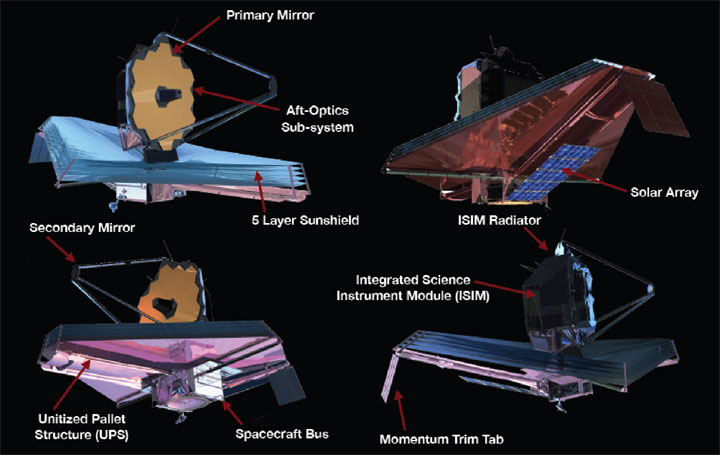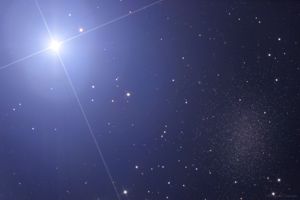
(Image Source: AcclaimImages.com )
8:04 PM,
Dec 26, 2012
|
Do
you know how it came to be that we celebrate New Year’s on Jan. 1? Have
you ever wondered where the New Year resolution tradition comes from?
The clay tablets of Mesopotamia show the Babylonians celebrated the new year more than 4,000 years ago. Their 11-day celebration was held in March and April, rather than January, to coincide with the spring planting of crops.
We celebrate New Year’s in January thanks to the Roman tinkering with yearly calendars. Numa Pompilus, one of the earliest rulers of Rome, added two months to the calendar including Januarius, in honor of Janus, the deity of gates and doorways. Janus is represented with two faces: one looking into the past, the other looking to the future. With the introduction of the Gregorian calendar in 1752, the official New Year in the British Isles was changed from March to Jan. 1, which had always been the day to celebrate by the common people.
With the coming of the new year, the resolution urge strikes. A resolution is a promise, a pledge we make to our self to achieve a desired result. Unfortunately, the feelings of rebirth and renewal of a new year encourages many of us to enthusiastically set unrealistic aspirations or goals. This is especially true of the New Year’s resolutions we make concerning fitness and exercise goals.
The clay tablets of Mesopotamia show the Babylonians celebrated the new year more than 4,000 years ago. Their 11-day celebration was held in March and April, rather than January, to coincide with the spring planting of crops.
We celebrate New Year’s in January thanks to the Roman tinkering with yearly calendars. Numa Pompilus, one of the earliest rulers of Rome, added two months to the calendar including Januarius, in honor of Janus, the deity of gates and doorways. Janus is represented with two faces: one looking into the past, the other looking to the future. With the introduction of the Gregorian calendar in 1752, the official New Year in the British Isles was changed from March to Jan. 1, which had always been the day to celebrate by the common people.
With the coming of the new year, the resolution urge strikes. A resolution is a promise, a pledge we make to our self to achieve a desired result. Unfortunately, the feelings of rebirth and renewal of a new year encourages many of us to enthusiastically set unrealistic aspirations or goals. This is especially true of the New Year’s resolutions we make concerning fitness and exercise goals.
More - Link >>> http://www.news-press.com/article/20121227/HEALTH/312270016/Well-Michelle-Origins-New-Year-explained
Sources: Michelle Churchill; News-Press, Fort Meyers.
gaw
Glenn A. Walsh, Project Director,
Friends of the Zeiss < http://friendsofthezeiss.org >
Electronic Mail - < gawalsh@planetarium.cc >
About the Author: < http://buhlplanetarium.tripod.com/#GAW >
SPACE & SCIENCE NEWS, ASTRONOMICAL CALENDAR:
< http://buhlplanetarium.tripod.
Twitter: < http://twitter.com/
Facebook: < http://www.facebook.com/pages/
Blog: < http://spacewatchtower.
Author of History Web Sites on the Internet --
* Buhl Planetarium, Pittsburgh:
< http://www.planetarium.
* Adler Planetarium, Chicago:
< http://adlerplanetarium.
* Astronomer, Educator, Optician John A. Brashear:
< http://johnbrashear.tripod.com >
* Andrew Carnegie & Carnegie Libraries:
< http://www.andrewcarnegie.
* Civil War Museum of Andrew Carnegie Free Library:
< http://garespypost.tripod.com >
* Duquesne Incline cable-car railway, Pittsburgh:
< http://inclinedplane.tripod.
* Public Transit:
< http://andrewcarnegie2.tripod.
















